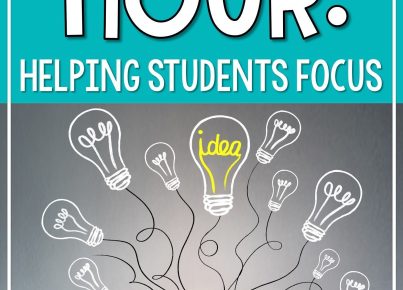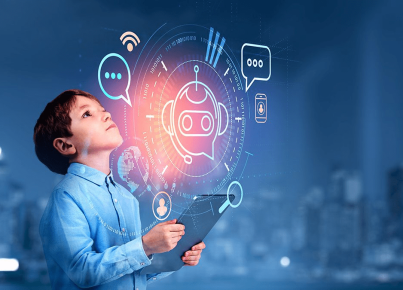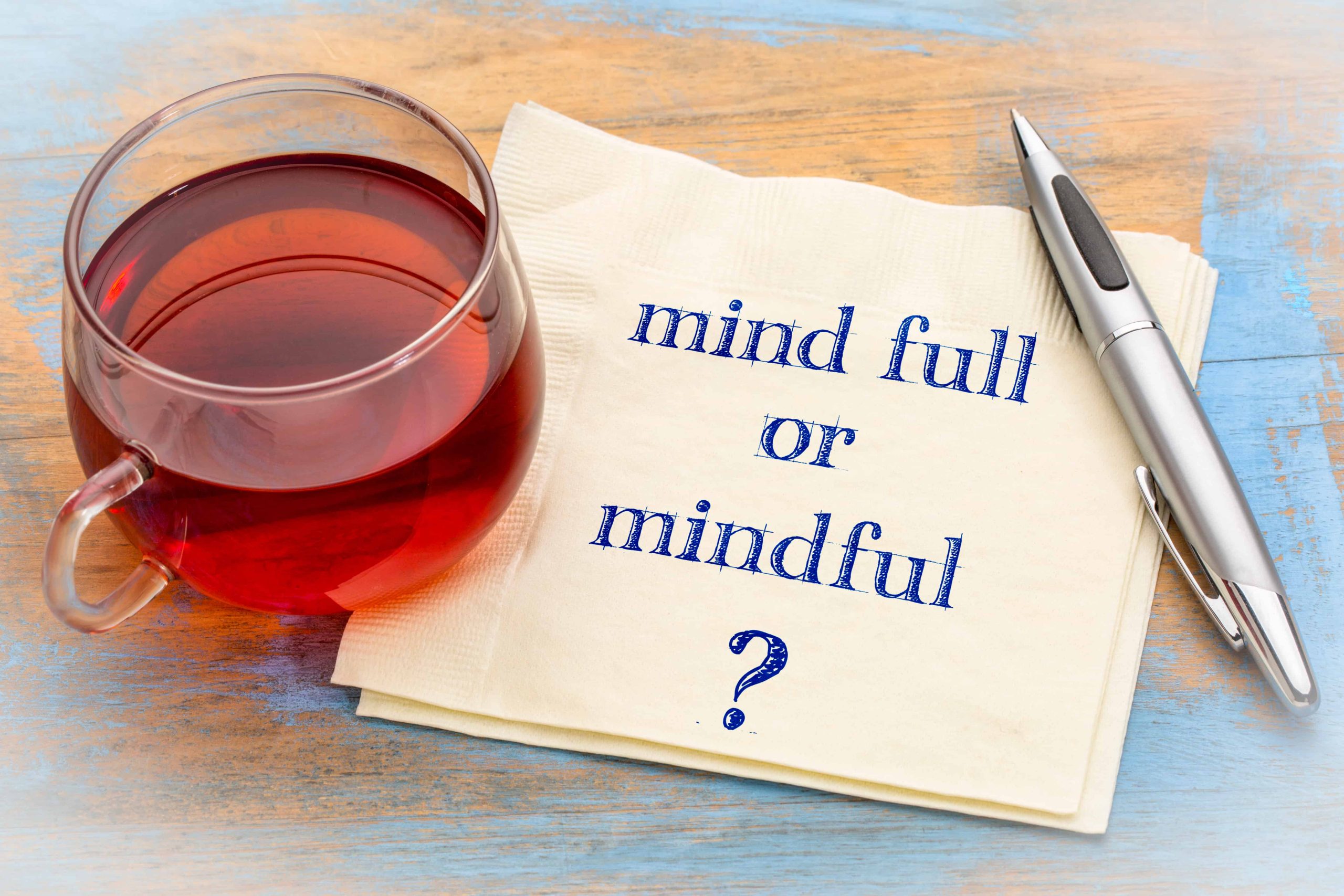A significant trend in Genius Hour is the shift towards authentic assessment, moving away from traditional grading methods to more meaningful ways of evaluating student learning and growth. This trend recognizes that the unique nature of Genius Hour projects requires a different approach to assessment that better reflects the skills and competencies developed during the process.
One of the key aspects of this trend is the use of portfolio assessments. Students create digital or physical portfolios that document their entire Genius Hour journey, from initial brainstorming to final product. These portfolios often include reflections, progress updates, challenges faced, and solutions developed. This comprehensive approach allows for a more holistic evaluation of student growth and learning.
Rubrics are being redesigned to focus on process as much as product. Instead of solely assessing the final outcome, these rubrics evaluate skills such as critical thinking, problem-solving, creativity, and perseverance. This shift acknowledges that the learning that occurs during the Genius Hour process is often as valuable as the final project itself.
Self-assessment and peer assessment are becoming integral parts of the Genius Hour evaluation process. Students are encouraged to reflect on their own learning and progress, setting goals and evaluating their achievement. Peer feedback is also incorporated, helping students develop critical evaluation skills while providing diverse perspectives on each other’s work.
The concept of “public products” is gaining traction in Genius Hour assessment. Students are expected to present their projects to authentic audiences, which might include experts in the field, community members, or even potential users or customers if the project has a real-world application. This approach not only makes the assessment more meaningful but also helps students develop important communication and presentation skills.
Competency-based assessment is being applied to Genius Hour, where students demonstrate mastery of specific skills or knowledge areas through their projects. This approach allows for a more personalized assessment that acknowledges the diverse nature of Genius Hour projects while ensuring that key learning objectives are met.
The use of technology in assessment is another important aspect of this trend. Digital tools are being used to track student progress in real-time, provide immediate feedback, and facilitate collaboration between students, teachers, and external mentors. Some schools are even experimenting with blockchain technology to create secure, verifiable records of student achievements in Genius Hour projects.
As we move forward, we can expect to see even more innovative approaches to authentic assessment in Genius Hour. From AI-powered analysis of student work to virtual reality presentations that allow for immersive demonstrations of project outcomes, the possibilities for creating meaningful, authentic assessments are boundless.





